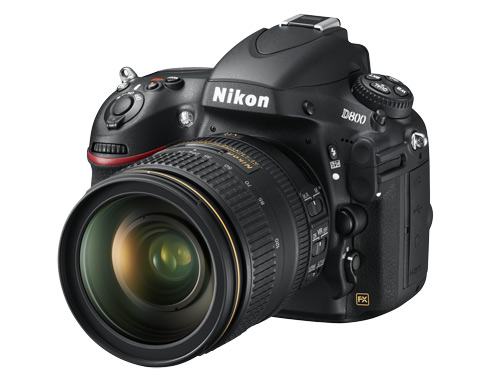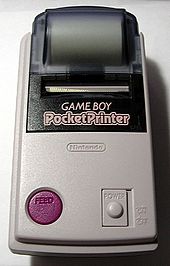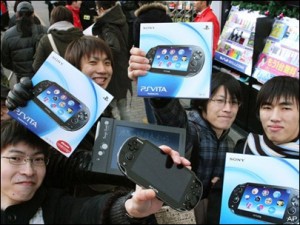
Why Best Buy is Going out of Business… Gradually
Page 1:
Electronics retailer Best Buy is headed for the exits. I can’t say when exactly, but my guess is that it’s only a matter of time, maybe a few more years. Consider a few key metrics. Despite the disappearance of competitors including Circuit City, the company is losing market share. Its last earnings announcement disappointed investors. In 2011, the company’s stock has lost 40% of its value. It’s forward P/E is a mere 6.23 (industry average is 10.20). Its market cap down to less than $9 billion. Its average analyst rating, according to The Street.com, is a B-.
Those are just some of the numbers, and they don’t look good. They bear out a prediction in March from the Wall Street Journal’s Heard on the Street column, which forecast “the worst is yet to come” for Best Buy investors. With the flop of 3D televisions and the expansion of Apple’s own retail locations, there was no killer product on the horizon that would lift it from the doldrums. Though the company accounts for almost a third of all U.S. consumer electronics purchases, analysts noted, the company remains a ripe target for more nimble competitors.
The reasons for the company’s dwindling prospects are easy to find. Just walk into one of the company’s retail locations or shop online. And try, really try, not to lose your temper.
I admit. I can’t do it. A few days ago, I visited a Best Buy store in Pinole, CA with a friend. He’s a devoted consumer electronics and media shopper, and wanted to buy the 3D blu ray of “How to Train Your Dragon,” which Best Buy sells exclusively. According to the company’s website, it’s backordered but available for pickup at the store we visited. The item wasn’t there, however, and the sales staff had no information.
But my friend decided to buy some other blu-ray discs. Or at least he tried to, until we were “assisted” by a young, poorly groomed sales clerk from the TV department, who wandered over to interrogate us. What kind of TV do you have? Do you have a cable service, or a satellite service? Do you have a triple play service plan?
He was clearly—and clumsily–trying to sell some alternative. (My guess is CinemaNow, Best Buy’s private label on-demand content service.) My friend politely but firmly told him he was not interested in switching his service from Comcast. I tried to change the subject by asking if there was a separate bin for 3D blu rays; he didn’t know.
The used car style questions continued. “I have just one last question for you,” he finally said to my friend. “How much do you pay Comcast every month?”
My friend is too polite. “How is that any of your business?” I asked him. “All right then,” he said, the fake smile unaffected, “You folks have a nice day.” He slinked back to his pit.
As a sometime business school professor, I could just imagine the conversation with the TV department manager the day before. “Corporate says we have to work on what’s called up-selling and cross-selling,” the clerk was informed in lieu of actual training on either the products or effective sales. “Whenever you aren’t with a customer, you need to be roaming the floor pushing our deal with CinemaNow. At the end of the day, I want to know how many people you’ve approached.”
But this is hardly customer service. It’s actually getting in the way of a customer who’s trying to self-service because there’s no one around who can answer a basic question about the store’s confusing layout. It’s anti-service.
Read the Fully: http://www.forbes.com/sites/larrydownes/2012/01/02/why-best-buy-is-going-out-of-business-gradually/
Contributor: Larry Downes.
Via Forbes.com – Image: BestBuy
phil@gadgetables.com







